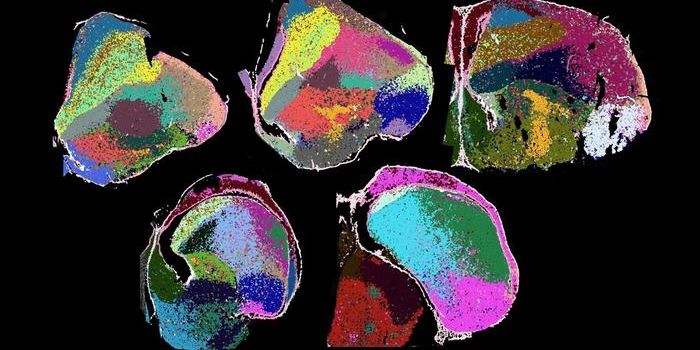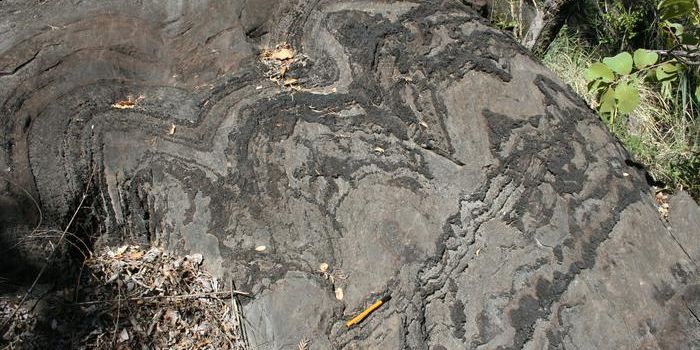The grave of an important medieval woman has been discovered
When you think of a medieval burial, what comes to mind? A Viking burial, perhaps, where some are buried with their swords and wealthier Vikings were given a ship burial? Or, you may think of a peasant burial in a church cemetery where mass graves were more standard.
New research from the archaeology team at the Museum of London has announced, what they are calling, “the most significant early medieval female burial.” The burial was discovered in Northamptonshire, a county in the East Midlands of England. Final dating of the site places it between 630 and 670 CE. The burial was of a woman in a bed with a 30-piece necklace comprised of intricately wrought gold, garnets, and semi-precious stones—the archaeology team says that the craftmanship of it is unparalleled in Britain during this time period. Two pots along with an elaborately decorated cross were also buried with her. The cross was face-down in the coffin and featured depictions of a human face in silver with glass blue eyes—a slightly unusual find.
There were low expectations for this excavation—it was commissioned by a developer group who planned to build on the site. It is standard practice for a commissioned archaeological excavation to occur before a site is built on to ensure there is nothing of importance in or on the land. Given the lack of churches or other structures nearby, there were relatively low expectations for the excavation. But, as the dig was wrapping up, archaeologists discovered human teeth, and then the necklace.
Analysis of the site revealed that the burial included a woman’s body (even though only her teeth remain), who was likely an early Christian leader of significant wealth. Some speculate she was an abbess, and perhaps a princess. The clue that the burial was a woman comes from the burial artifacts—men have never been found to be buried with a necklace (though women have been found buried with swords). Based on the size of the cross she was buried with, experts assume she was in a high position within in the church, possibly one of the first women in Britain to achieve such a position. The religious artifacts are an example of combined iconography where the necklace reads pagan but the cross and other symbols suggest Christian.
This find adds to the understanding of women’s roles in medieval Britain, and leaves many questions to be answered—why was she buried there? Are their others nearby? And, of course, highlights the importance of archaeological surveys by developing companies.
Sources: The Guardian, Smithsonian Magazine, IFL Science









